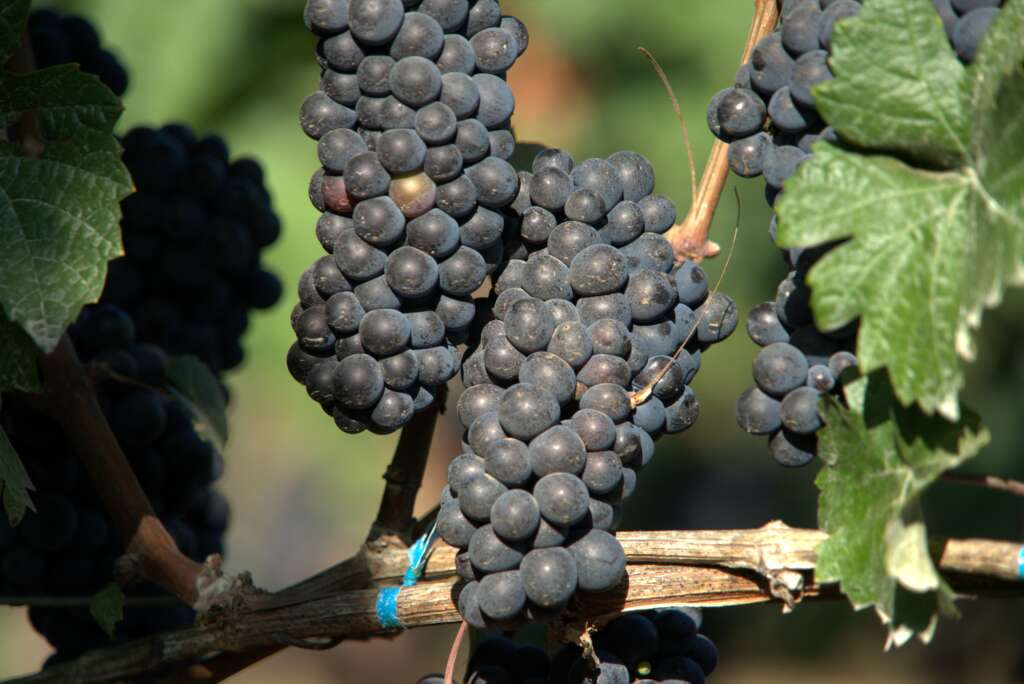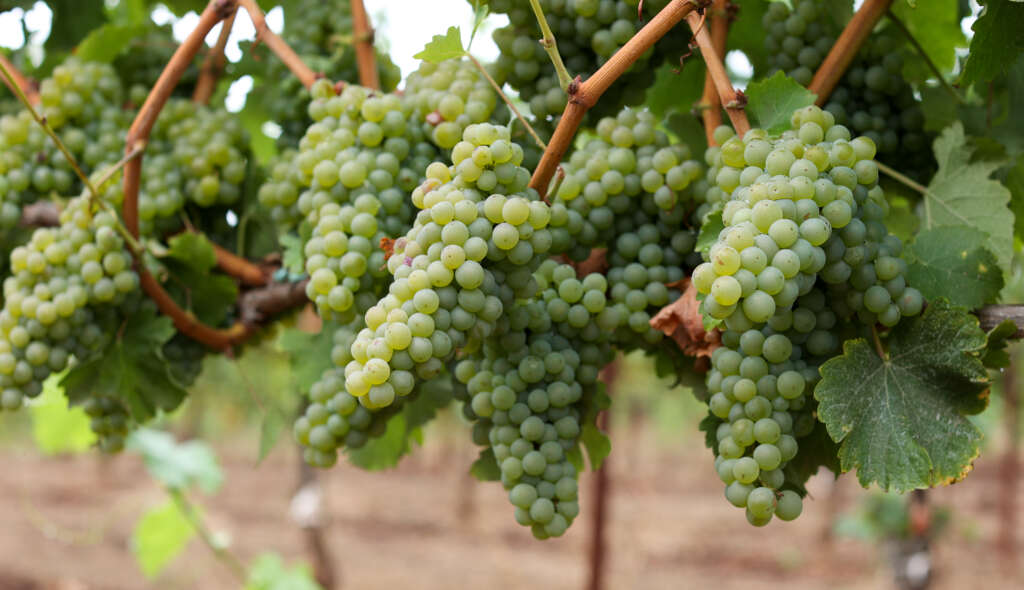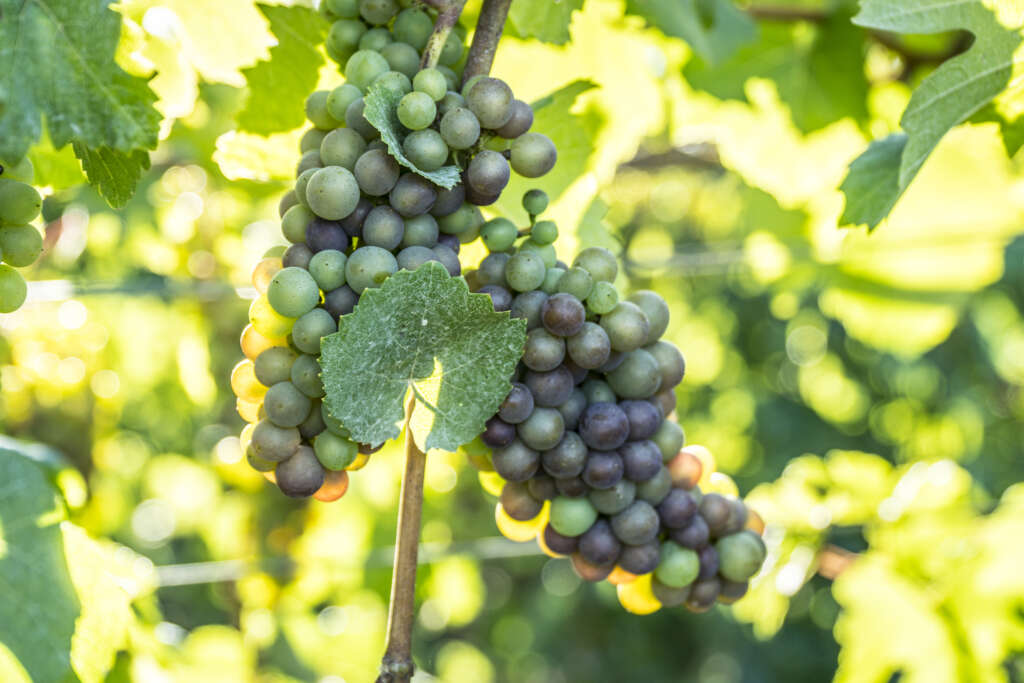Oenophiles (that’s wine geeks to most of us) like to talk clones, a conversation that can quickly bewilder people who enjoy but don’t study wine. For everyone without a degree in enology, here’s a layperson’s overview of clones – what they are and how they matter. This subject is so vast and, frankly, so interesting that we’ve broken it into two blog posts. Next up will be a closer look at the clones that made Oregon wine famous.
What’s a clone anyway?
The word “clone” can conjure up images of mad scientists feverishly at work manipulating genes in a laboratory, but in fact it’s just the opposite: Clones are genetically identical to the “mother vine” from which they are cut. A clone is simply a cutting that is taken from a mother vine that is oftentimes grafted onto rootstock. Before diving deeper, let’s define some terms.

All wine grape varieties are from the same genus (which is a grouping of closely related species) called Vitis, or grapevine; the most common species within this biological family is Vitis vinifera, which originated in eastern Europe/western Asia in a region known as South Caucasus. Grape varieties within the genus of Vitis vinifera are also known as cultivars; those terms – variety and cultivar – are often used interchangeably. Below that level is where we find clones and selections.
Grapes are old, classifying clones is new
Wine grape growing has been going on for millenia, far longer than the scientific classification of clones, which began in the early 1950s when the California Grape Certification Association was formed. Established by a UC Davis professor, the CGCA worked to identify and label grape stock that had been thoroughly tested for viruses and passed other tests for vigor and fruitfulness. By 1958 the CGCA joined forces with a fruit and nut program at UC Davis to become what is known today as the Foundation Plant Service, or FPS. According to an article in PinotFile dated Aug. 30, 2020, “this was the first source of virus tested, certified stock available to winegrowers in the United States.”

Before certified clones, grapes were rocking and rolling both in the wild and in carefully cultivated vineyards and nurseries. Cloning was happening – it just wasn’t formally documented or regulated, which means the lineage of many grapes is either suspect or unknown. That’s part of the fun and the mystery! For centuries farmers would notice naturally occurring changes in their vineyards, sometimes within a single block, and try to reproduce the qualities they found most desirable by grafting a cutting from the well-performing vine onto other rootstock. But cloning wasn’t the only way that grapes were propagated and modified.
How are clones different from other grapes?
Clones are not to be confused with cross-bred vines (crosses), mutations (another word that gets a bad rap) or hybrids. Cabernet Sauvignon, for example, is thought to be the result of cross-breeding between Cabernet Franc and Sauvignon Blanc. Pinot Gris, one of our favorite grapes, is a mutation of Pinot Noir. Hybrids are usually the result of cross-pollination between totally different species of grapes, such as the European Vitis vinifera and the American Vitis labrusca. The Concord table grape is an example of Vitis labrusca. Hybrids are bred to have the desirable winemaking qualities of the vinifera grape and the adaptability to local growing conditions of an indigenous grape. Marechal Foch, found primarily in Canada and the northeastern U.S., is an example of a hybrid variety.
In cloning, the rootstock vine is chosen due to specific traits a grower wants to reproduce like increased disease resistance or fruit quality. Because this cutting came directly from another vine rather than the result of two plants crossbreeding, the cutting is genetically identical to the mother plant.
Next up, we’ll take a closer look at the clones of Oregon and King Estate.

